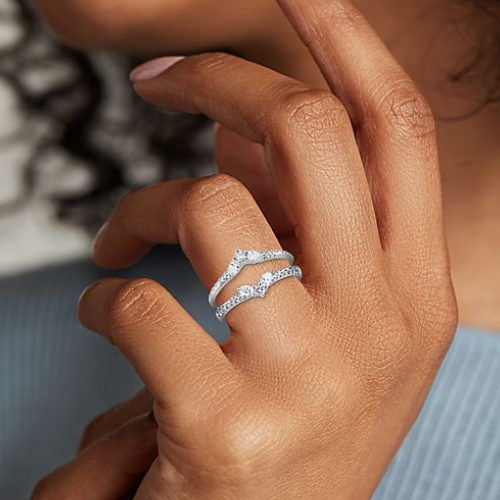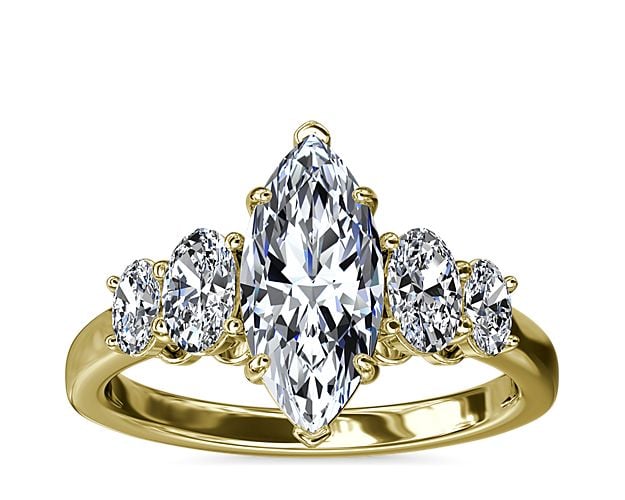18K gold is a precious metal alloy composed of 75% pure gold and 25% other metals, typically including elements like zinc, nickel, copper, and sometimes rhodium. This amalgamation of metals enhances the strength and durability of 18K gold jewelry, making it less susceptible to scratches and deformations compared to pure gold.
In the United States, the lowest acceptable level of gold purity marketed as gold is 10K. 18K gold far surpasses this minimum standard, establishing itself as a superior choice for crafting high-quality jewelry.
Among the various gold options, 18K gold is highly favored for creating exquisite engagement rings, wedding bands, and other upscale jewelry pieces. It strikes a remarkable balance, offering the highest degree of gold purity while remaining robust enough for everyday wear.
Beyond its role in bridal jewelry, 18K gold finds extensive use in crafting luxurious items across various industries. Notably, esteemed watchmakers such as Rolex and Patek Philippe incorporate 18K gold extensively into their elegant timepieces.
Gold, with its long history dating back to 4,000 B.C., has been a favored material for fine jewelry due to its exceptional malleability. To categorize gold used in jewelry, the karat system is employed. Unlike carats, which measure the weight of gemstones, the karat system assesses gold’s purity.
The purest form of gold is rated as 24K, signifying that all 24 parts are pure gold. In contrast, 18K gold consists of 18 parts pure gold and six parts other materials.
Pure gold, in its natural state, is exceedingly soft and prone to scratching, rendering it unsuitable for daily-wear items like engagement rings and wedding bands. Additionally, 24K gold exhibits a bright and intense orange hue, which may not align with the desired aesthetics for many jewelry pieces, particularly engagement rings.




























